[ad_1]
Composting might be a helpful approach to do away with waste, reduce your environmental impression, and produce treasured nutritional vitamins in your houseplants. Nonetheless, composting in an home can appear to be an issue.
Many home dwellers hesitate to get started composting over concerns regarding the impression of hiding meals scraps in a container and leaving it for numerous months to decompose. Will composting in an home enchantment to bugs? Will the scent from composting overpower a small home?
When prepare accurately, it is fully doable to compost in an home—with out sacrificing an extreme quantity of home, inviting an insect invasion, or subjecting your self (and any firm) to unpleasant odors.
To attain success, it is best to understand what compost is, what you probably can and will’t compost in an home, and how one can assemble your particular person apartment-friendly compost bin.
What Is Compost?
Compost is a pure, earthy substance that outcomes from the decomposition of pure matter. A combination of “inexperienced” and “brown” provides (that aren’t basically inexperienced or brown in shade), is vital to maintain the appropriate steadiness of micro organism, which transforms the waste into compost. This cardio course of takes a couple of months or longer counting on how big the composter is, the temperature contained in the container, and the types of provides being broken down. You’ll know the compost is ready when few (if any) scraps could also be acknowledged throughout the compost supplies, and it offers off a barely sweet, earthy odor. Accomplished compost seems to be like like soil, with a darkish shade and great texture.
What Can I Compost?
Composting is an effective solution to rework meals scraps and some household waste objects into “black gold,” a useful modification in your exterior yard or indoor houseplants. Nonetheless, it will be important that you just understand what can and cannot be composted in order to steer clear of odors, mould, and a failure of waste to interrupt down.
Listed below are numerous the most common objects that could be composted:
- Vegetable scraps
- Human hair
- Nail clippings
- Espresso grounds and paper espresso filters
- Peels from fruit and greens
- Stale bread
- Grass clippings
- Up to date or dried leaves
- Newspaper, shredded
- Corn husks or cobs
- Non-glossy paper, shredded
- Cardboard containers, torn up
- Bread
- Cooked, plain pasta or rice
- Eggshells (no white or yolk)
You’ll uncover that meats, bones, dairy, and fats are missing from the itemizing of compostable objects. This stuff are normally not useful to be added to a composter. In step with the EPA, together with animal merchandise to a composter may trigger odors, along with enchantment to bugs and rodents.
Choosing a Bin
There are a selection of selections for composting in an home, along with using a worm bin, Bokashi bucket, or digital composter. Many people will uncover {{that a}} straightforward compost bin produced from plastic containers is the perfect approach to get started.
There’s no explicit sort of plastic bin required for composting, but it surely certainly should have a lid and you want two bins of the an identical measurement for the technique outlined on this text. Choose the dimensions of the bins based mostly totally on the home you’ve got on the market, defending in ideas that the compost system must be saved in a darkish, room-temperature area of your own home or condominium. A most popular location for an home composter is beneath the sink, nonetheless a laundry or utility closet may match as correctly.
[ad_2]
Provide hyperlink
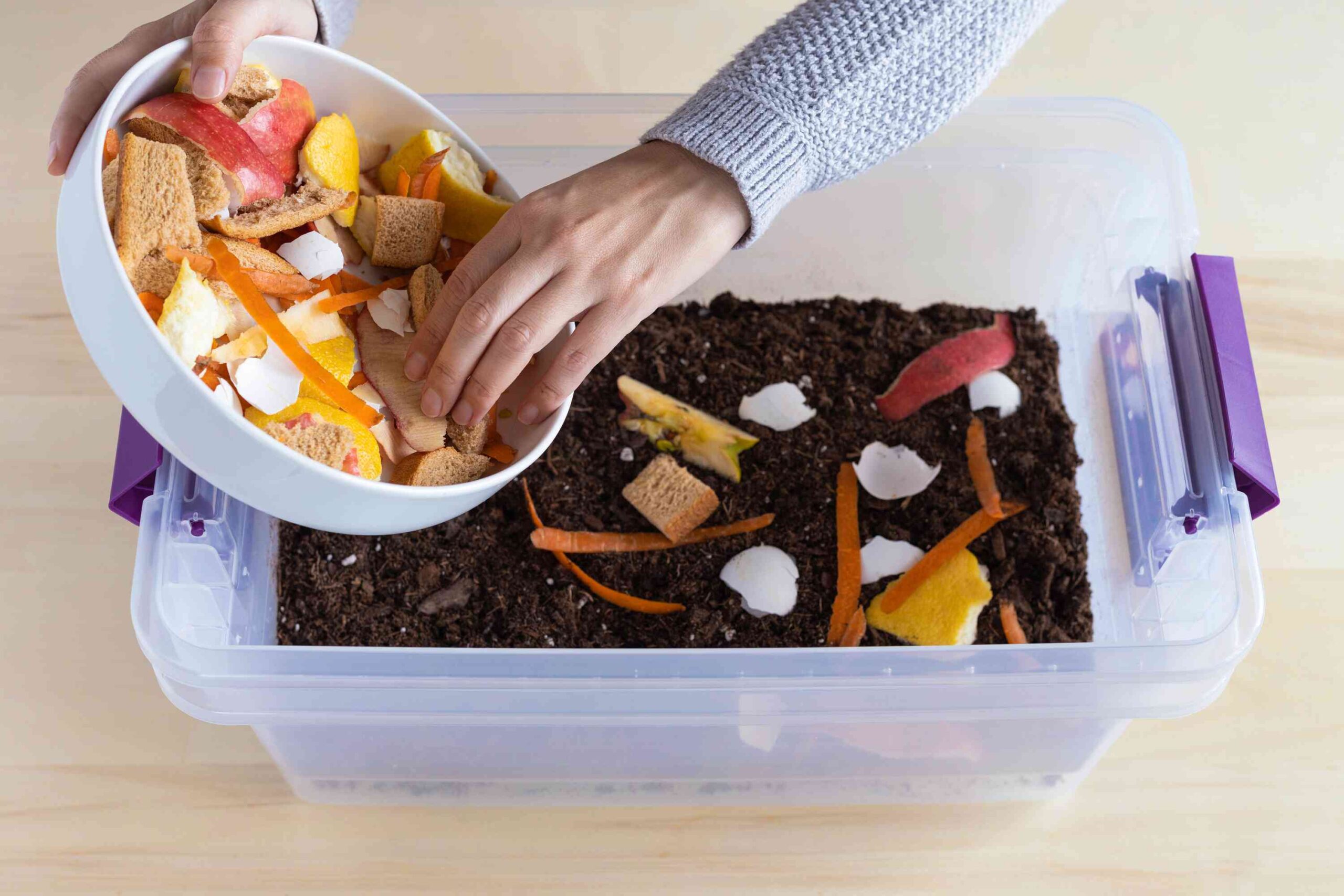
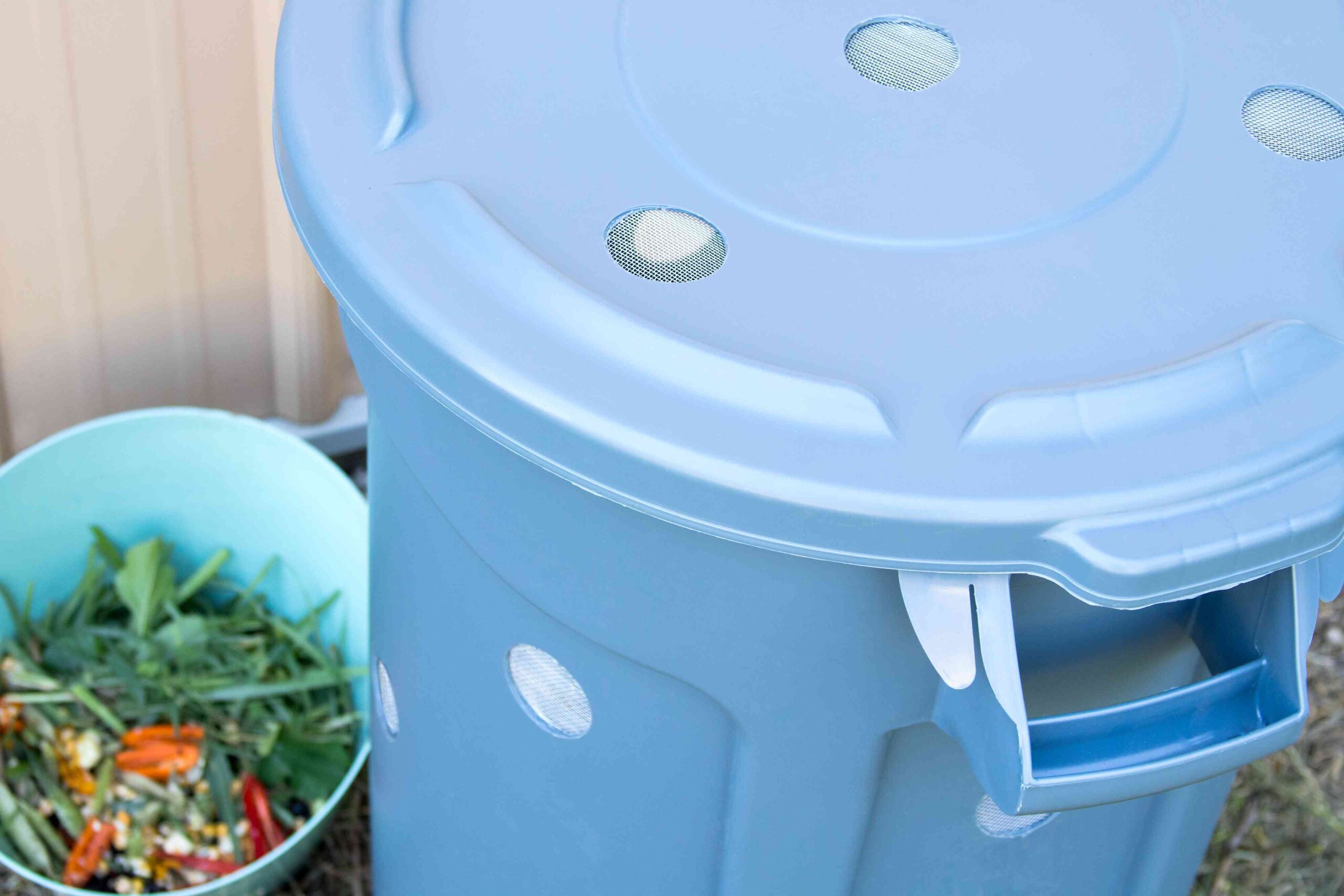
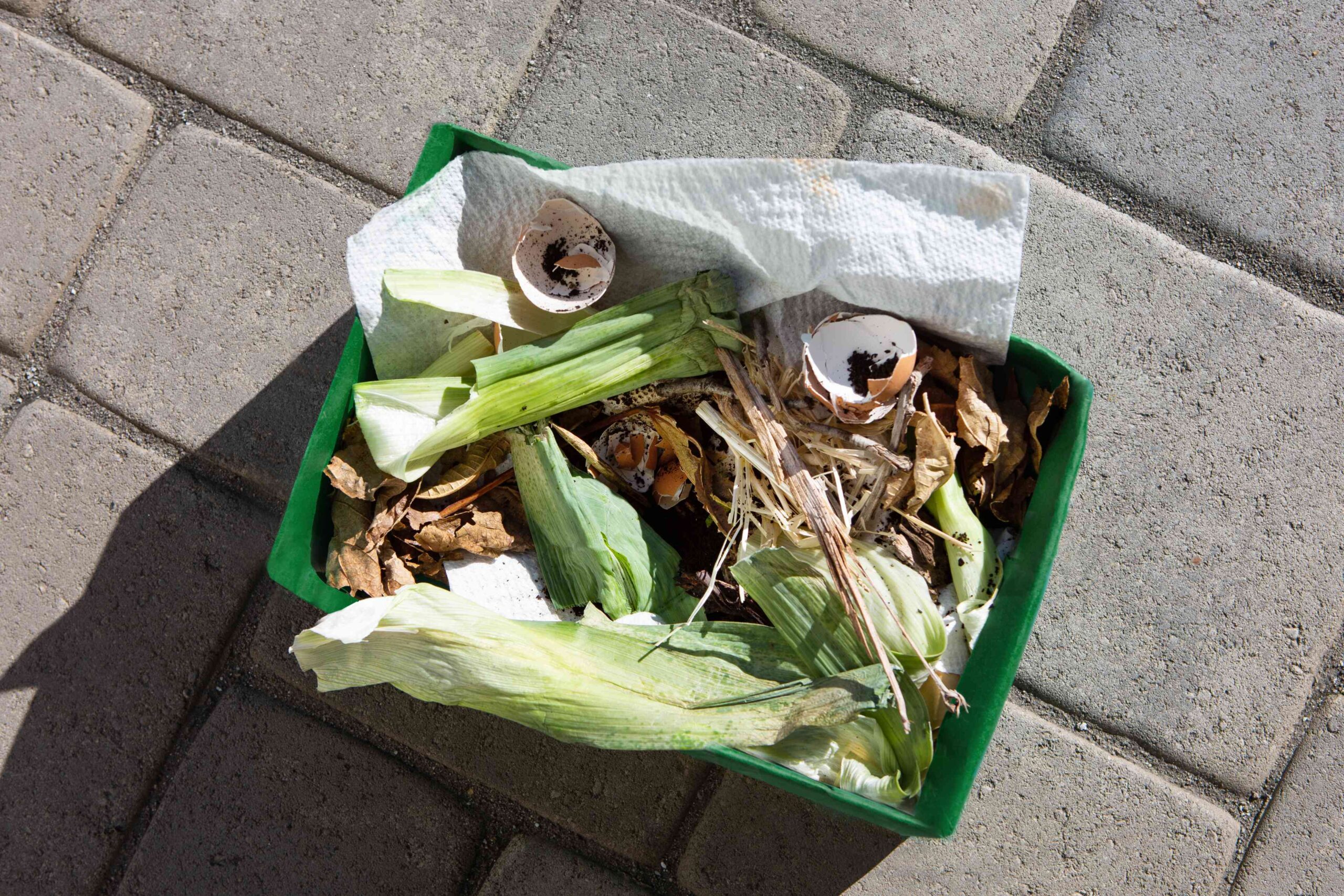
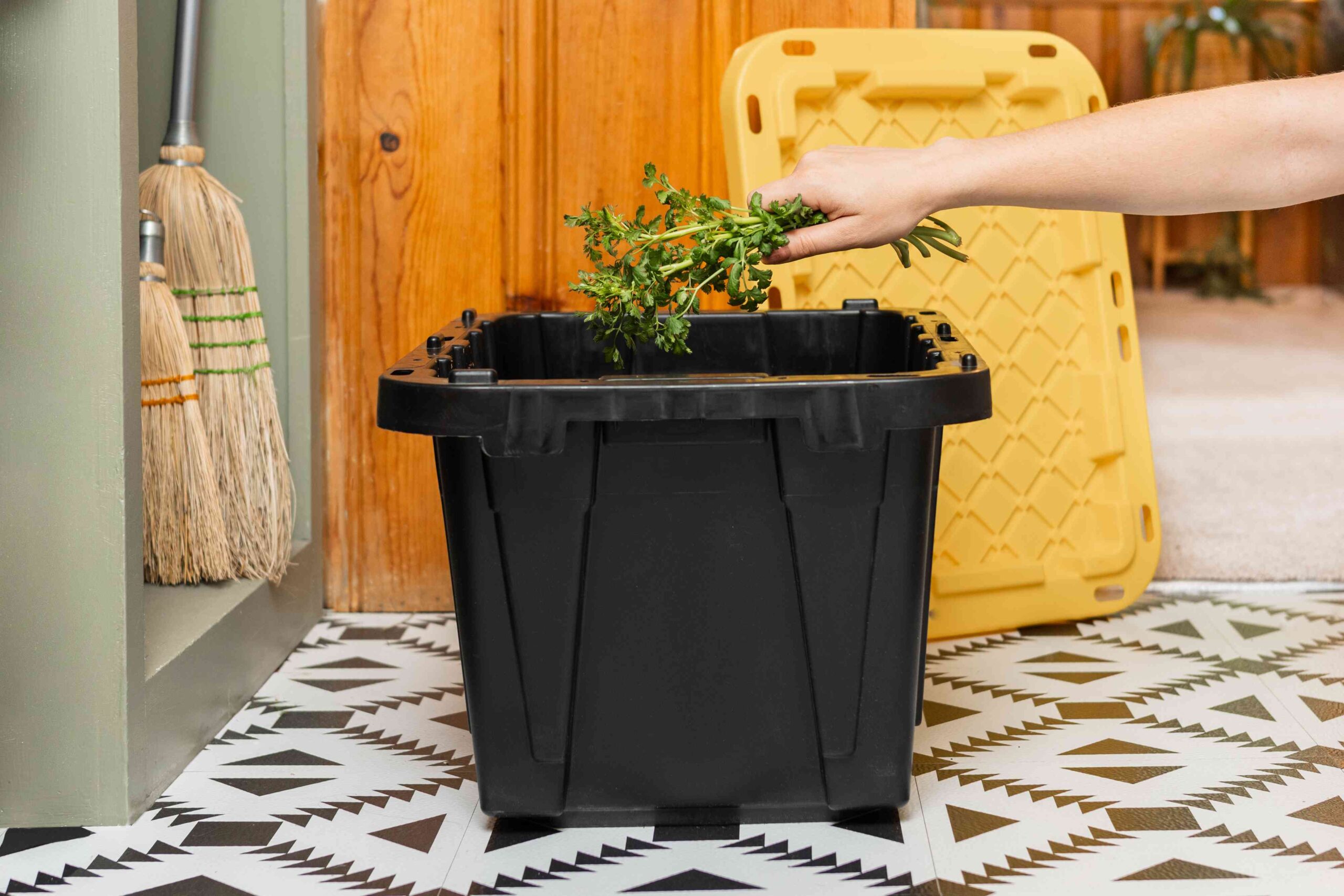
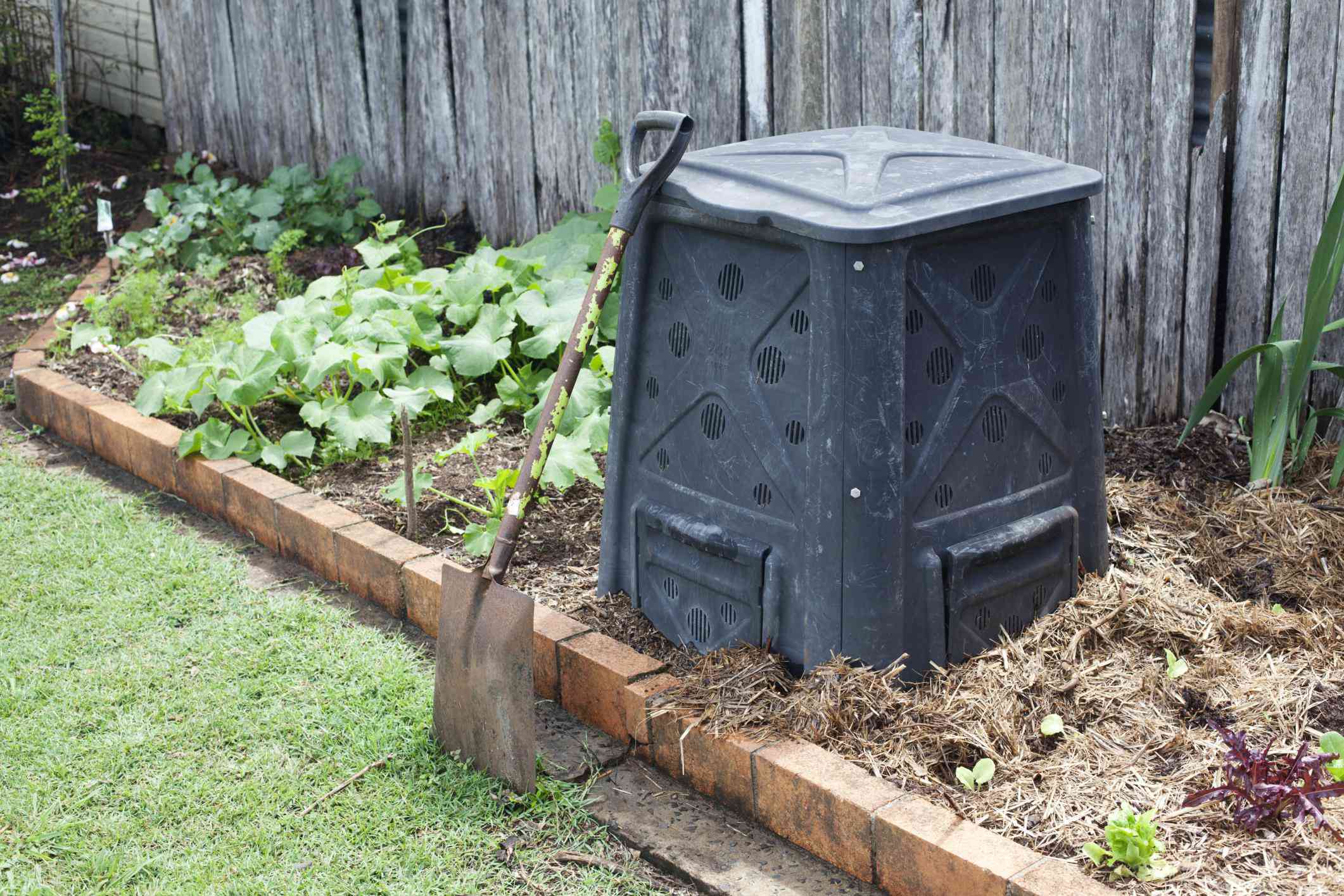
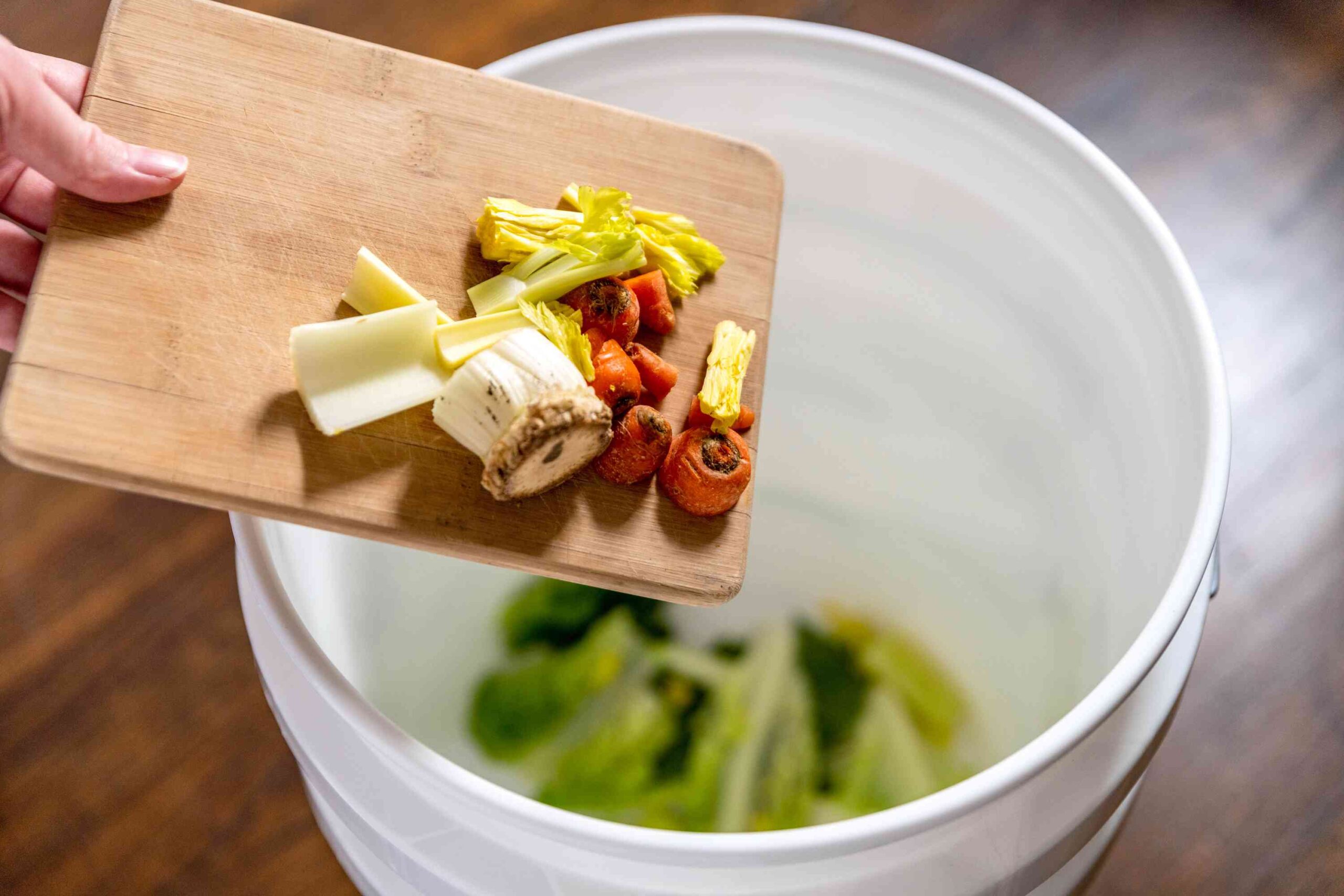
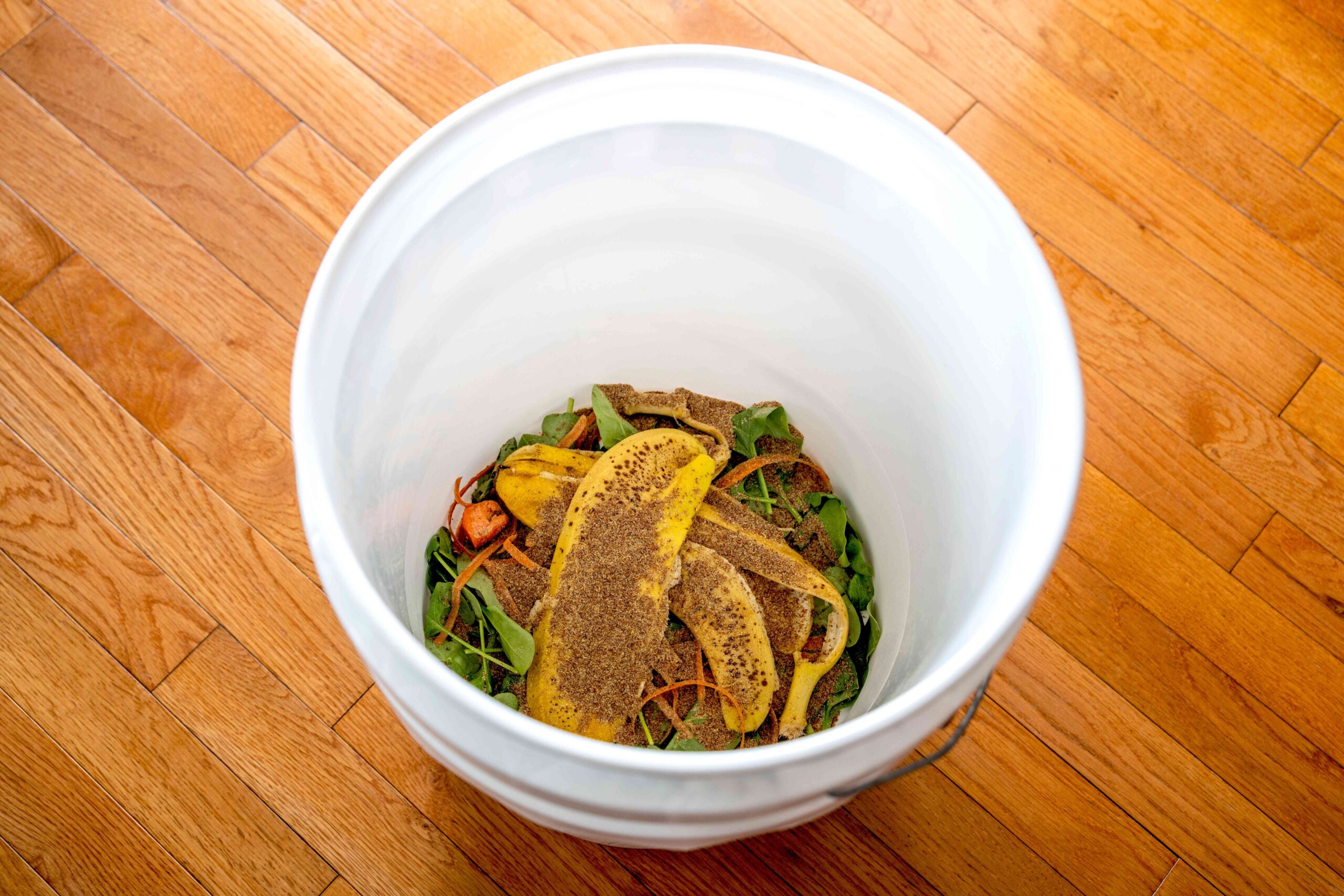
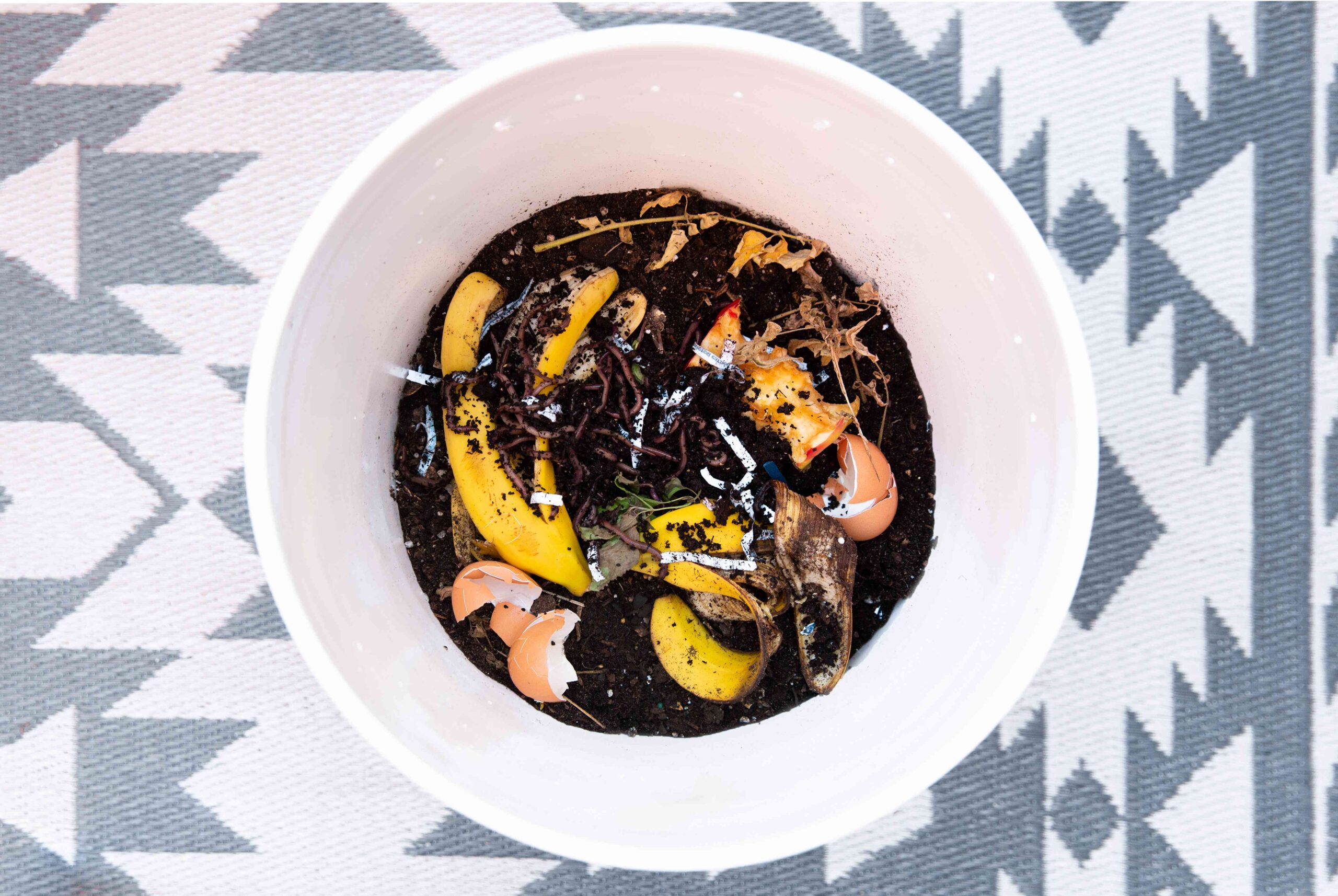
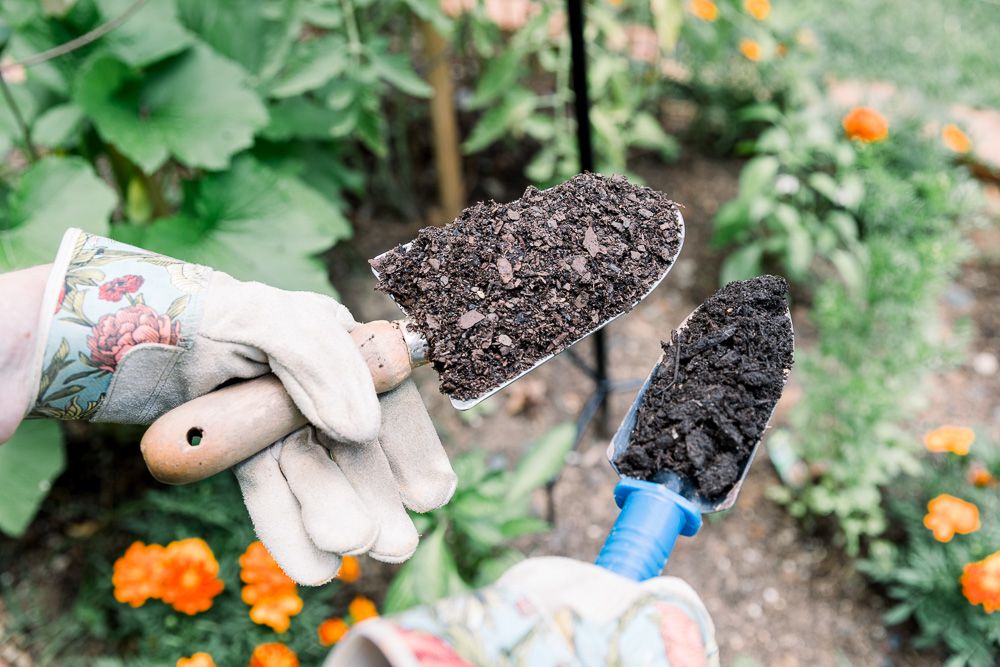
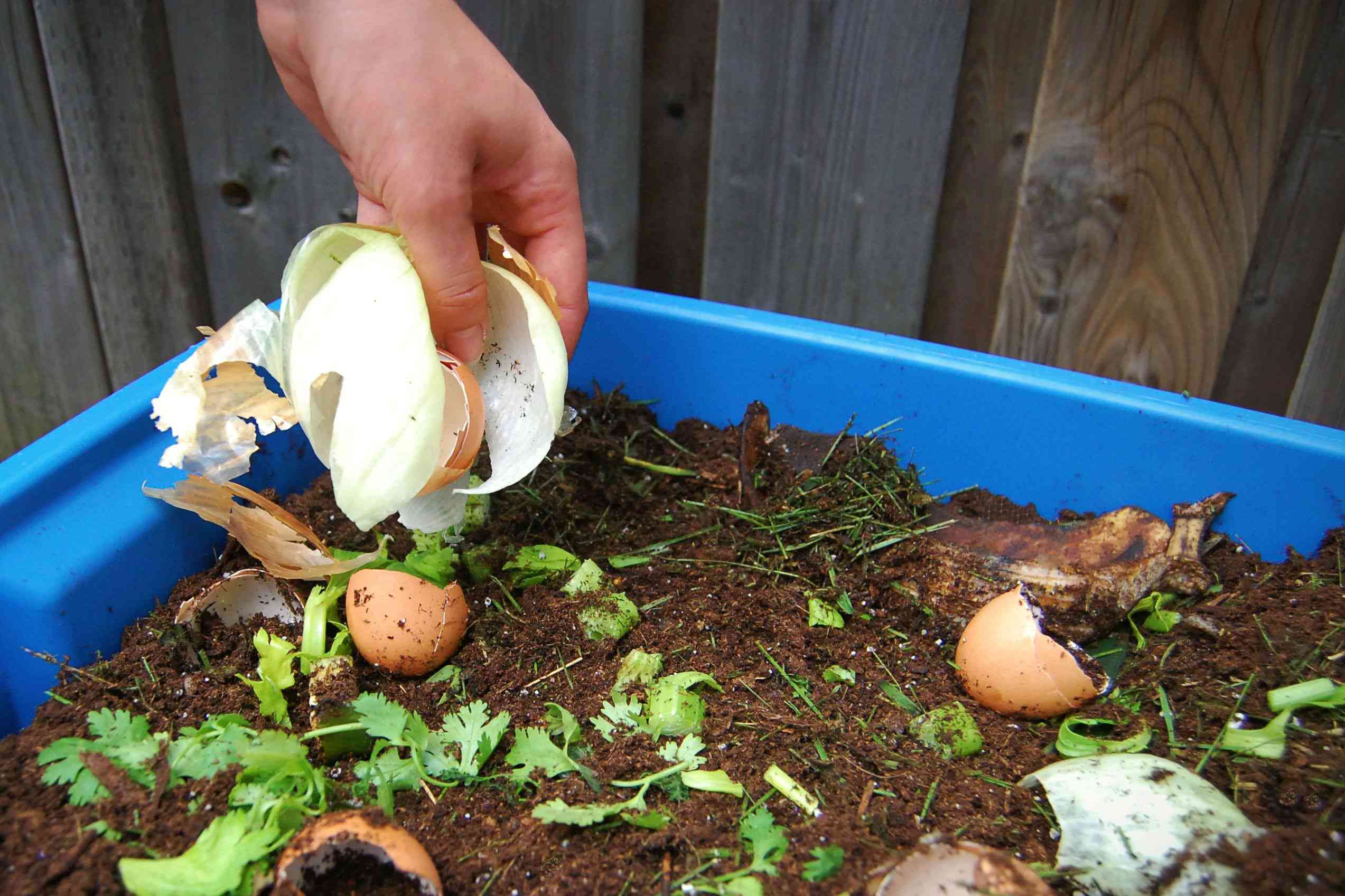
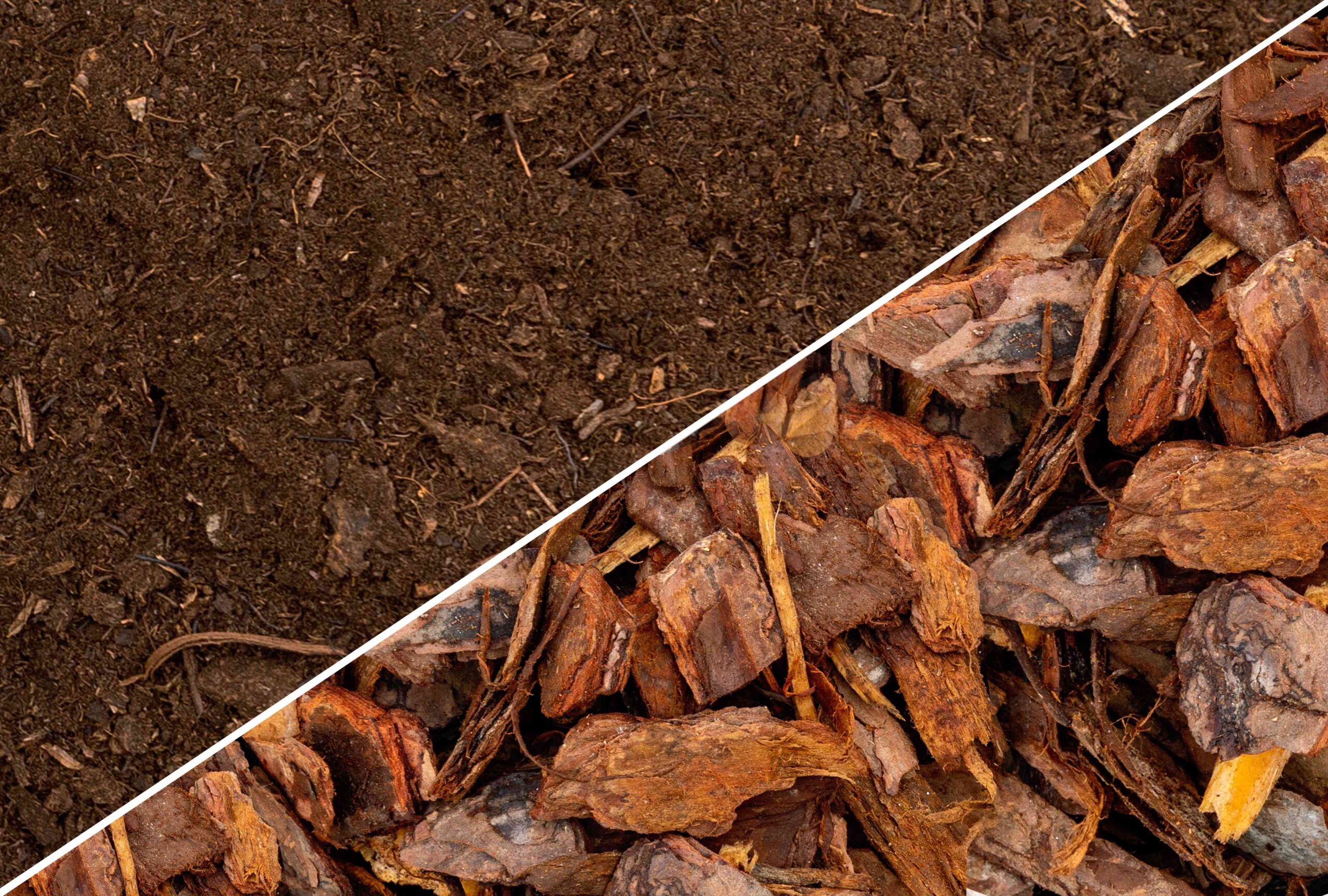
Leave a Reply